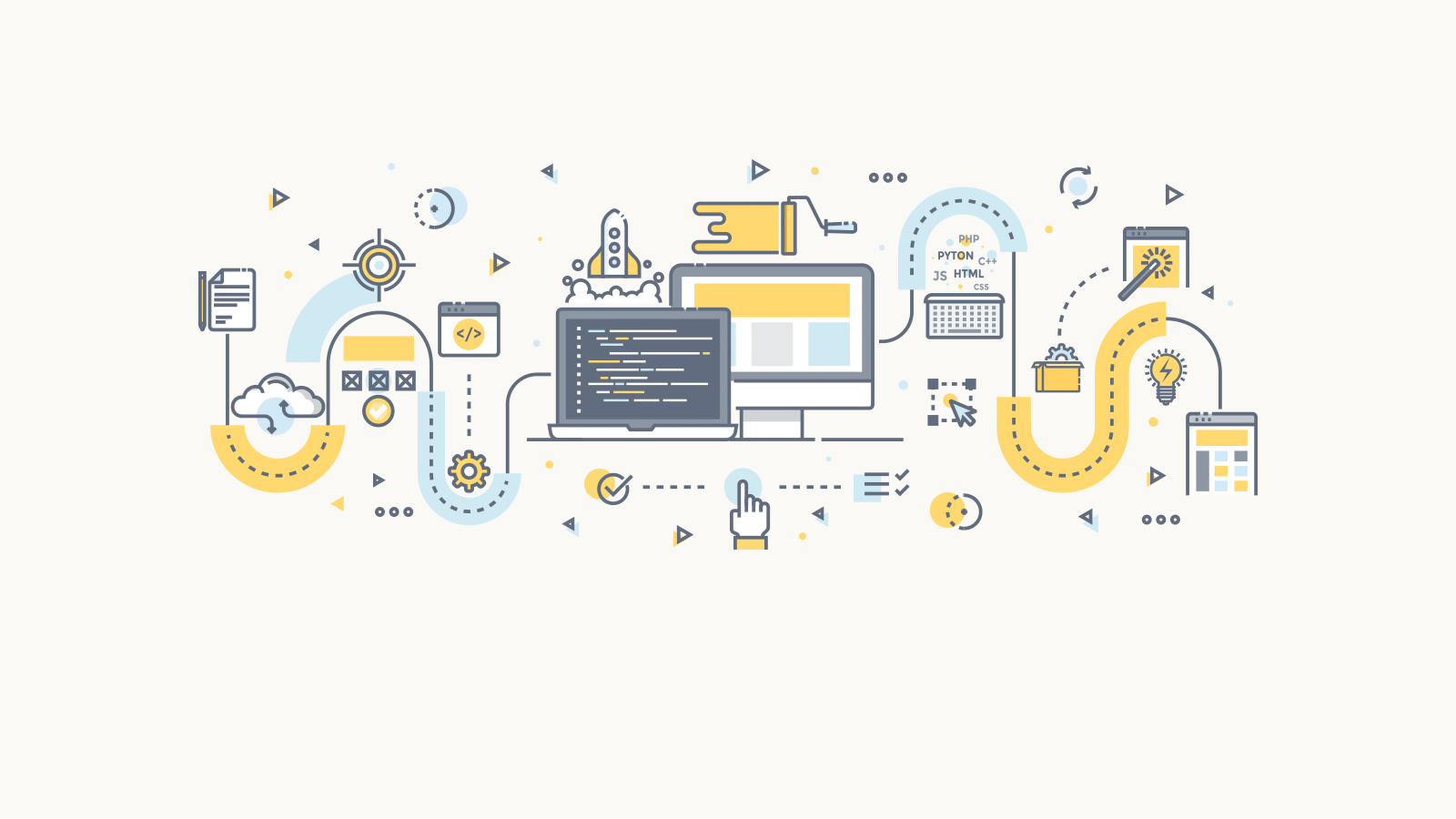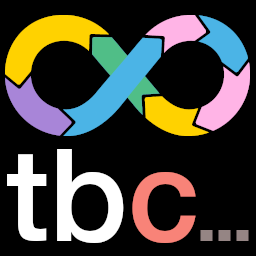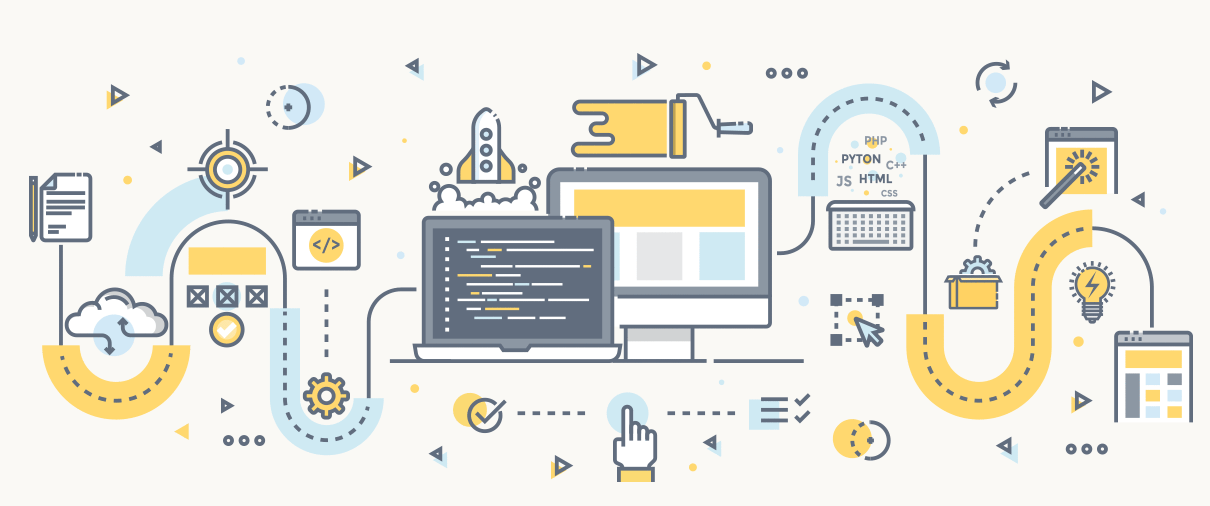to be continuous: more than just GitLab CI/CD templates
Published: July 29, 2025

to be continuous
What is « to be continuous »?
“to be continuous” is a comprehensive open-source project designed to simplify the creation of modern CI/CD pipelines using GitLab CI/CD. Developed and maintained by experienced DevOps and technology experts, this project aims to streamline the entire software development lifecycle — from building and testing to code analysis, infrastructure management, application deployment, and acceptance testing.
Key benefits of “to be continuous”
Extensive GitLab CI/CD Templates: over 50 templates across categories such as build & test, code analysis, packaging, infrastructure as code (IaC), deployment, and acceptance testing.
Easy access and updates: templates are available on our self-managed GitLab instance (OSPC) via the gitlab-cp tool, ensuring continuous updates.
Customizable pipelines: overload variables, modify YAML configurations, and integrate with various tools and cloud platforms like AWS, Azure, Google Cloud, Kubernetes, and more.
Community-driven development: supported by a vibrant community of over 2,350 members, with ongoing contributions and improvements.
Categories of available templates
- Build & test: .NET, Angular, Bash, dbt, GitLab Package, GNU Make, Go, Gradle, Maven, Node.js, PHP, Python, Rust, Scala/SBT, Sphinx, and more.
- Code analysis: SonarQube, Gitleaks, MobSF, Dependency Track, OSS Review Toolkit (ORT), DefectDojo, Spectral, SQLFluff.
- Packaging: Docker, Cloud Native Buildpacks (CNB), Source-to-Image, Debian, RPM.
- Infrastructure as Code (IaC): Terraform.
- Deploy & run: Kubernetes, Helm, Helmfile, AWS, Azure, Google Cloud, OpenShift, S3, GitOps, Ansible, Docker Compose.
- Acceptance testing: Bruno, Cypress, Robot Framework, Lighthouse, Playwright, Puppeteer, k6, Hurl, Test SSL.
- Miscellaneous: Renovate, semantic-release, GitLab Butler.
Why choose “to be continuous” for your CI/CD pipelines?
This project offers a flexible, customizable, and standardized set of templates that follow best practices in DevSecOps, CI/CD automation, and software delivery. Similar to build tools like Maven or Gradle, “to be continuous” adheres to established conventions while allowing users to overload configuration variables or overwrite YAML code to meet their specific needs.
The project provides thorough documentation, including usage principles, best practices, and detailed instructions for each template. To help users get started quickly, an interactive configurator (“kicker”) generates the .gitlab-ci.yml file based on selected project characteristics. Additionally, sample projects demonstrate how to combine multiple templates in real-world scenarios.
Recently, the templates have been updated to seamlessly integrate with components, and they are now accessible through CI/CD catalog. “to be continuous” supports both types of includes – project: and component:
Our development journey
Launched in 2019 at Orange, “to be continuous” was built using GitLab CI’s include feature to help newcomers quickly set up CI pipelines. The goal was to eliminate trial-and-error, promote best practices, and encourage the adoption of modern DevSecOps principles.
The approach was to design these templates as a kind of “honeypot”, a friendly entry point that not only simplifies the setup process but also encourages the adoption of modern tools, best practices, and DevSecOps principles. The idea was to create a system that not only streamlines development workflows but also acts as a catalyst for embracing consistent, secure, and efficient CI/CD pipelines.
In short, “to be continuous” modestly aims to lay the groundwork for standardizing CI/CD processes through semantic modeling. It integrates Git workflows, environment management, and the nature of tasks within a pipeline, all while helping teams understand the key differences between CI and CD.
Achievements and recognition
“to be continuous” has won awards such as First Place in the GitLab Innovation Pitch and Third Place in Hackathon. The project continues to evolve with plans for AI-enhanced CI/CD configuration, expanding visibility, and adding new templates to the GitLab CI/CD catalog.
What began as an internal initiative at Orange has grown into a widely recognized open-source project. “to be continuous” has become a foundational element for CI/CD standardization within Orange, and its impact extends far beyond.
As a major consumer of open-source solutions, Orange believes in sharing what we do well. This philosophy naturally led us to open-source “to be continuous” in May 2021. Since then, the project has gained significant traction, attracting adoption from several leading international companies. These organizations have embraced the principles behind “to be continuous,” finding them compelling and well-aligned with their own needs. Many have successfully integrated and customized the templates within their organizational workflows, further validating the project’s value.
Next steps in the evolution of “to be continuous”
“to be continuous” aims to be a dynamic, community-driven project, responsive to emerging needs and technological advancements.
The roadmap includes:
- AI enhanced CI/CD project configuration,
- Expand project visibility beyond developer profiles
- Continue enriching GitLab’s CI/CD catalog with new templates

Authored by

Girija Saint Ange
Developer Advocate, Orange
I am a developer advocate with a focus on DevSecOps and cloud-native technologies. As a member of Orange Expertise Software and an open source enthusiast, I am committed to knowledge sharing and collaboration. Driven by a passion for technology and continuous learning, I enjoy engaging with challenging projects. I also mentor young girls to promote STEM careers.
